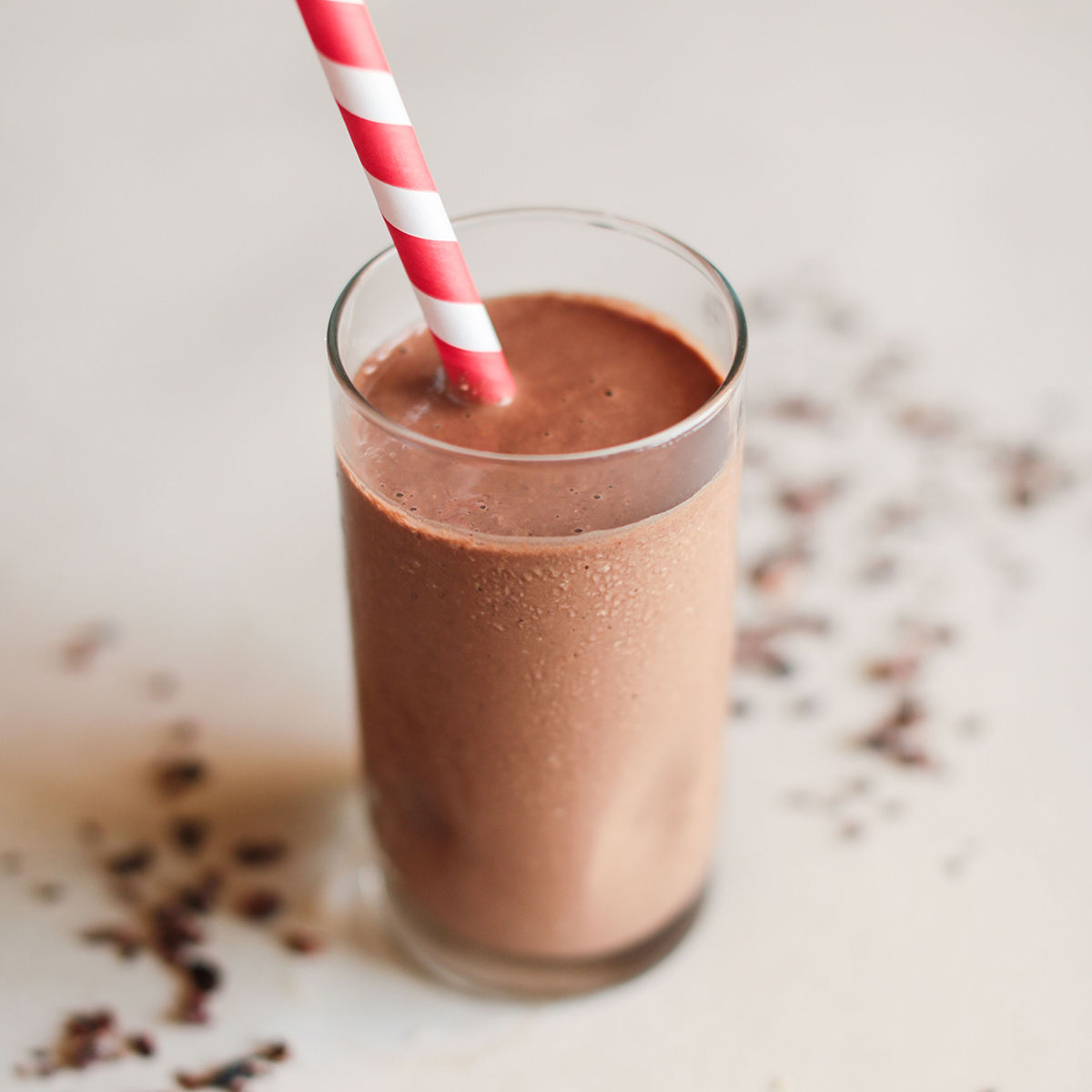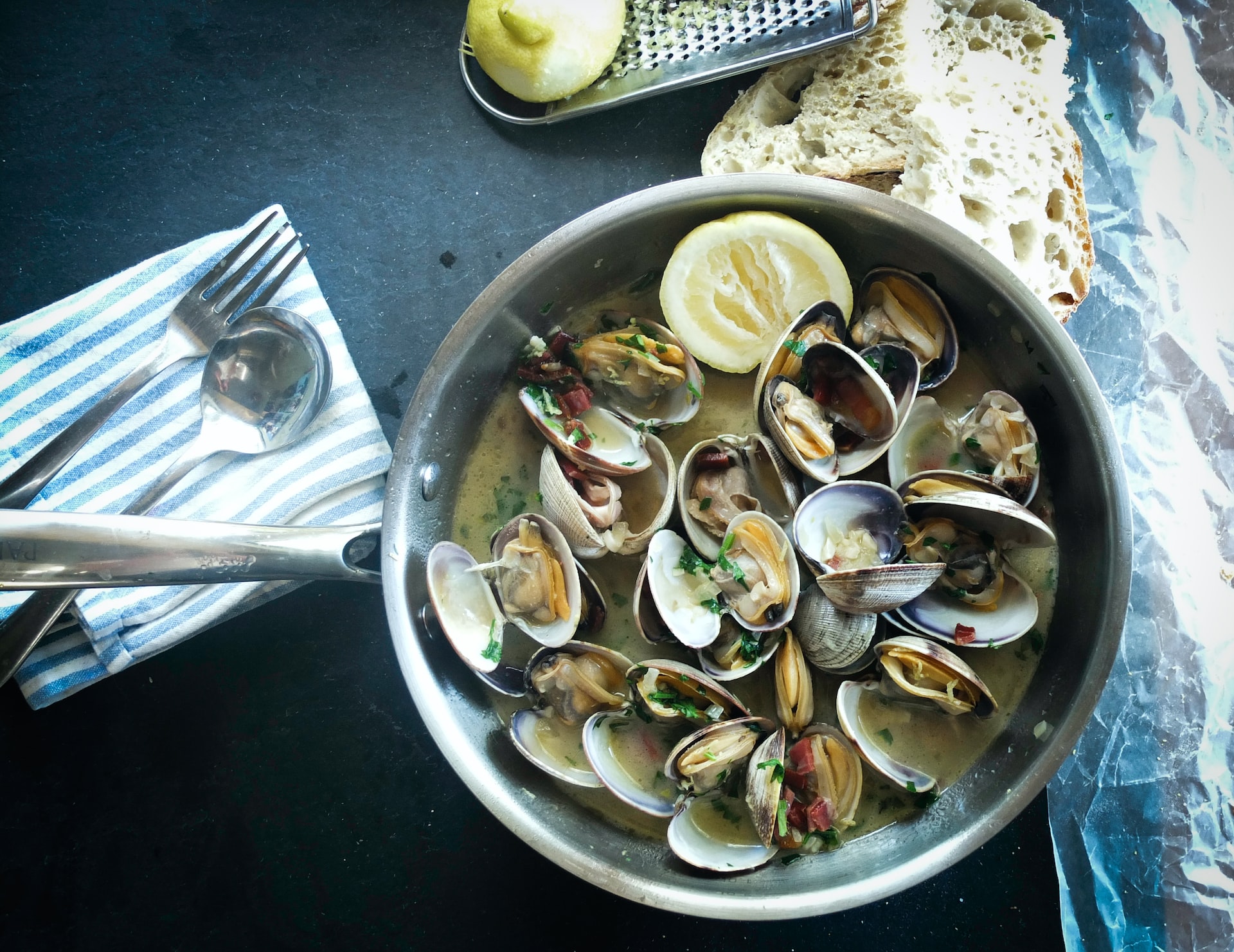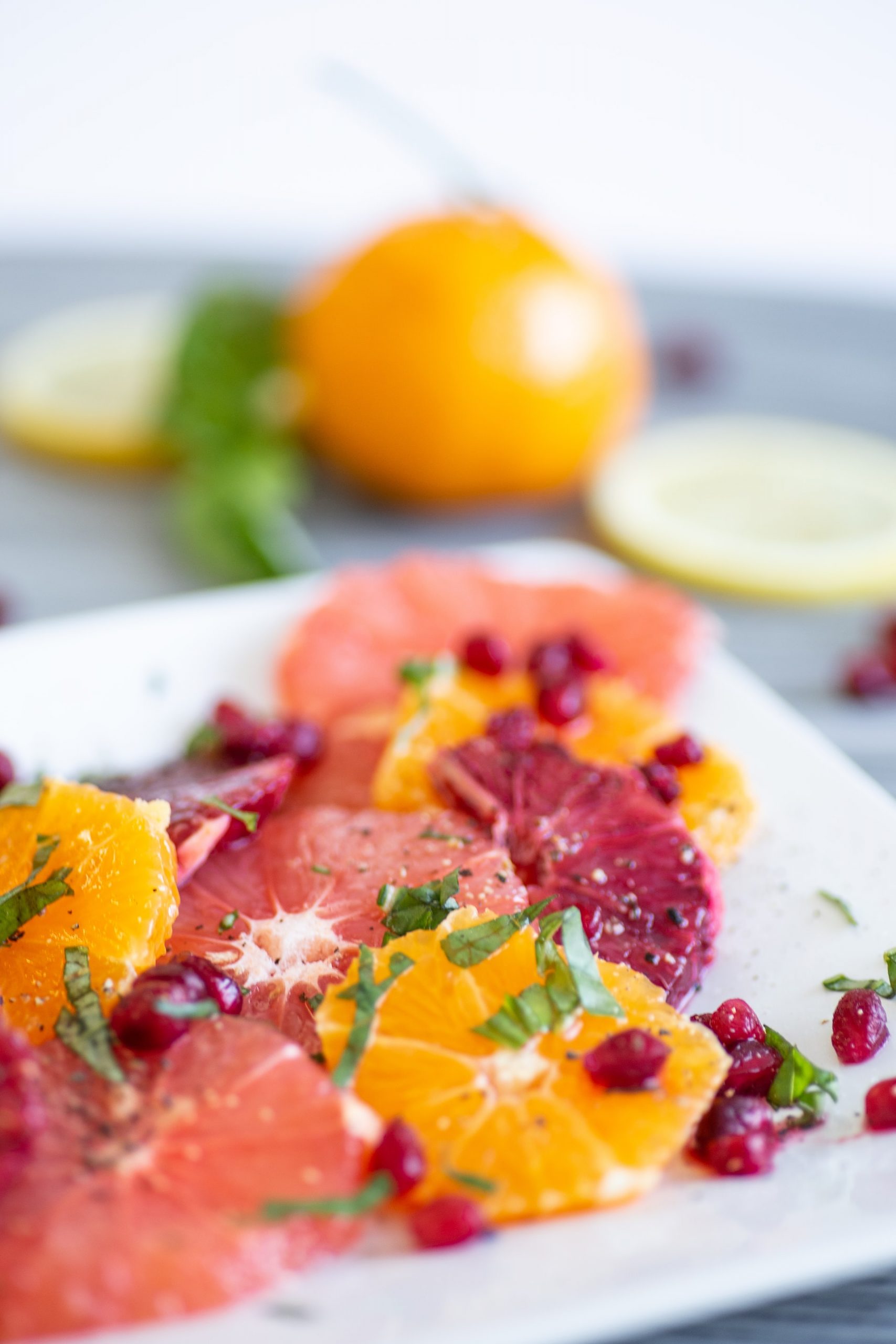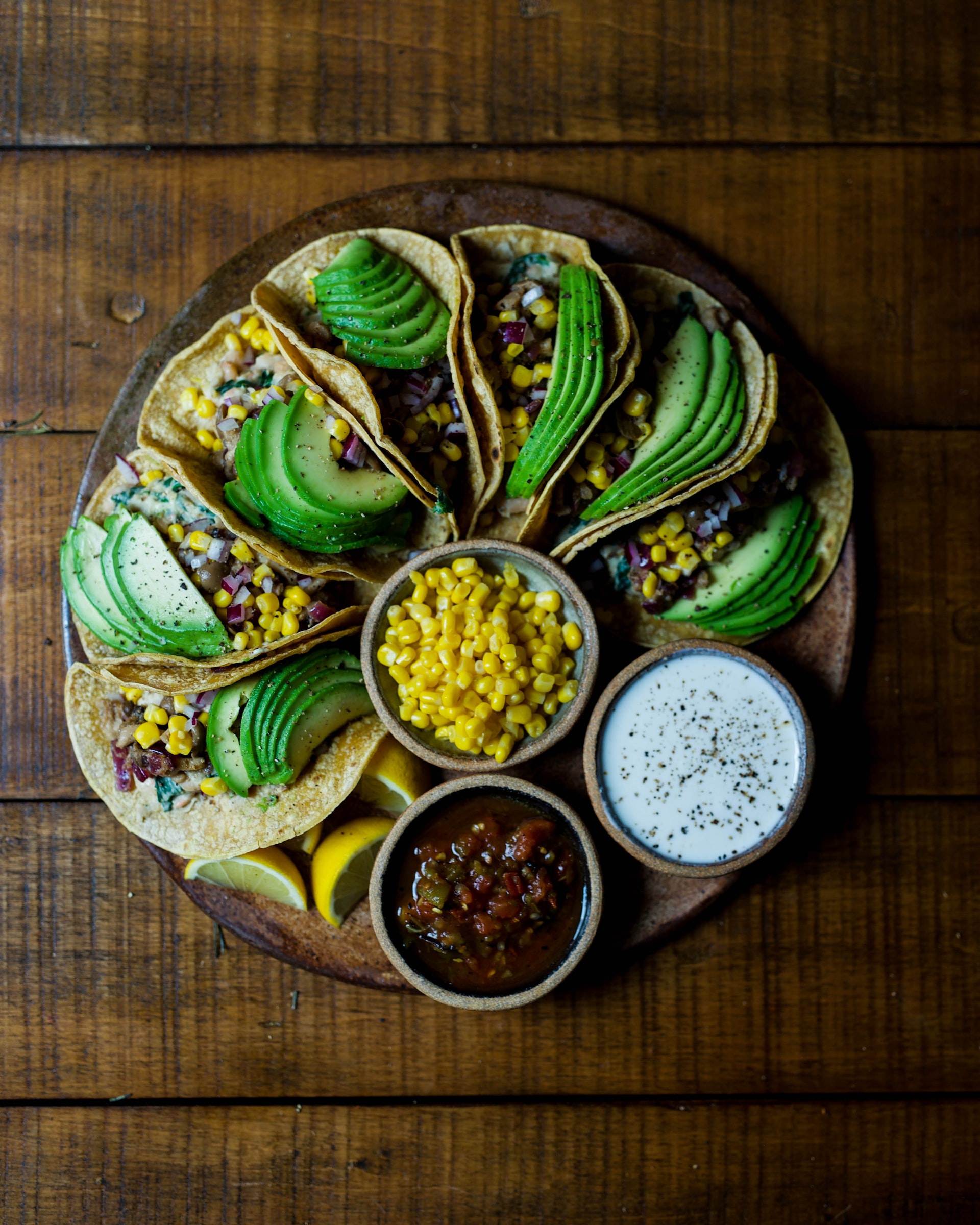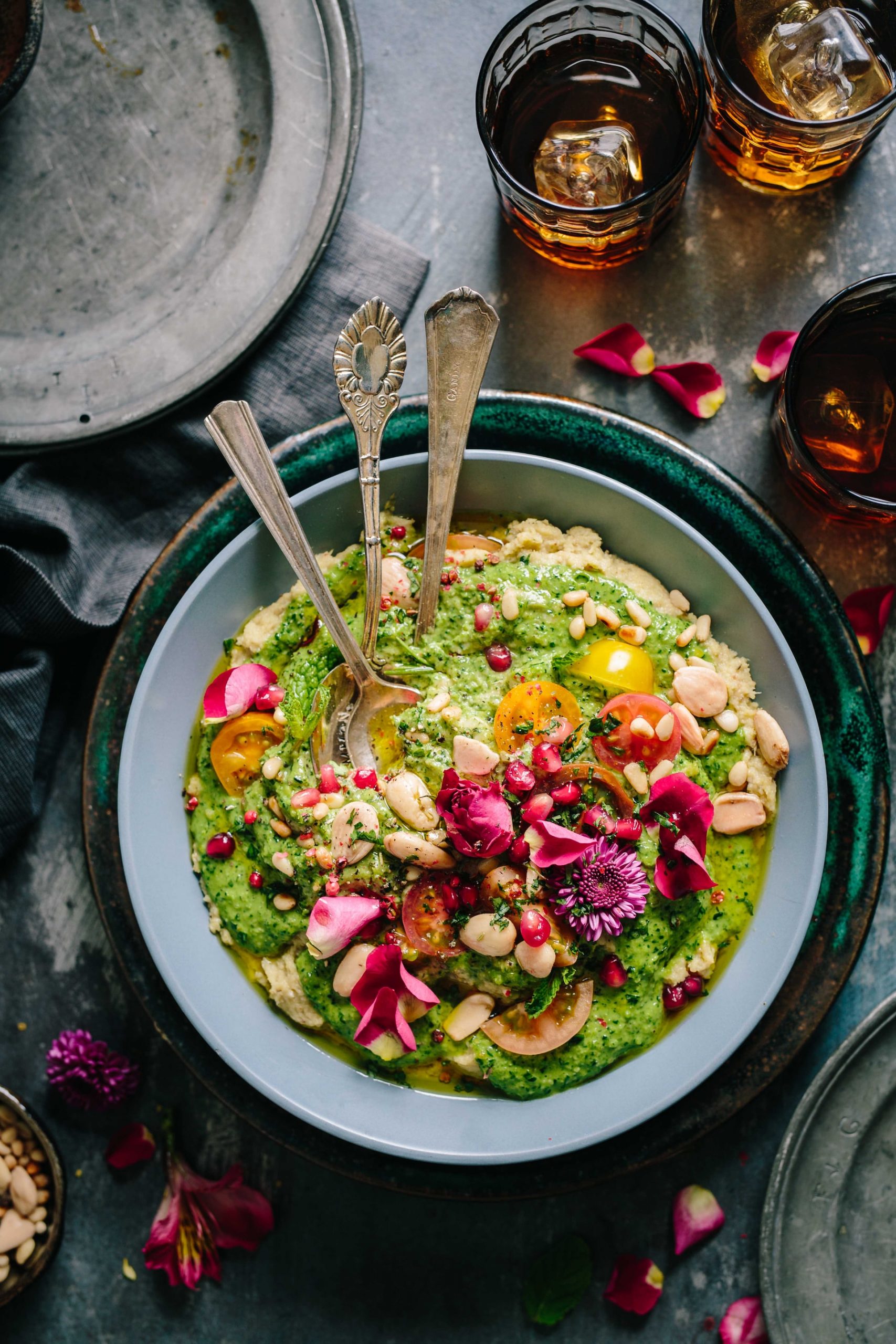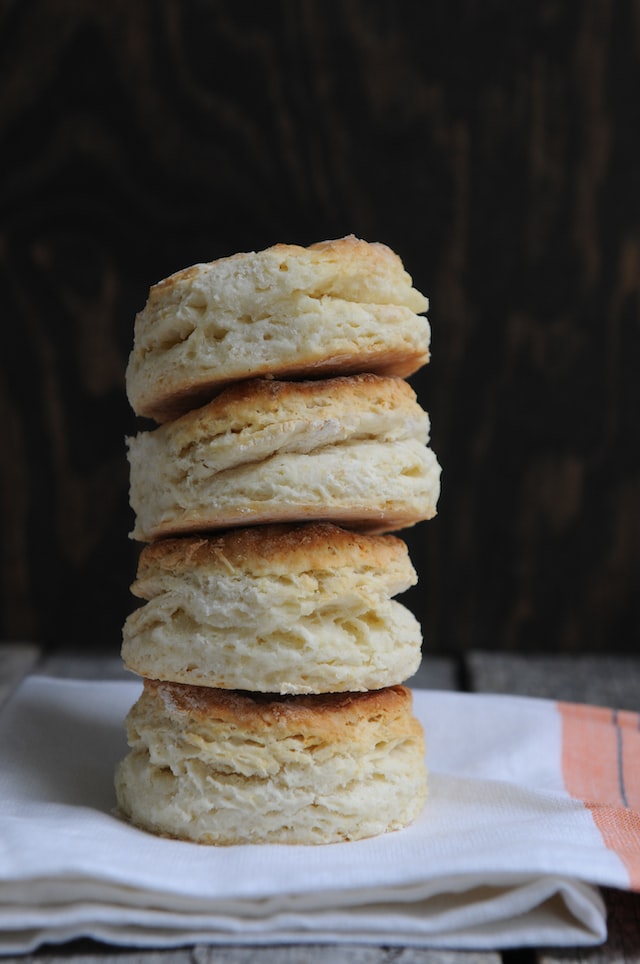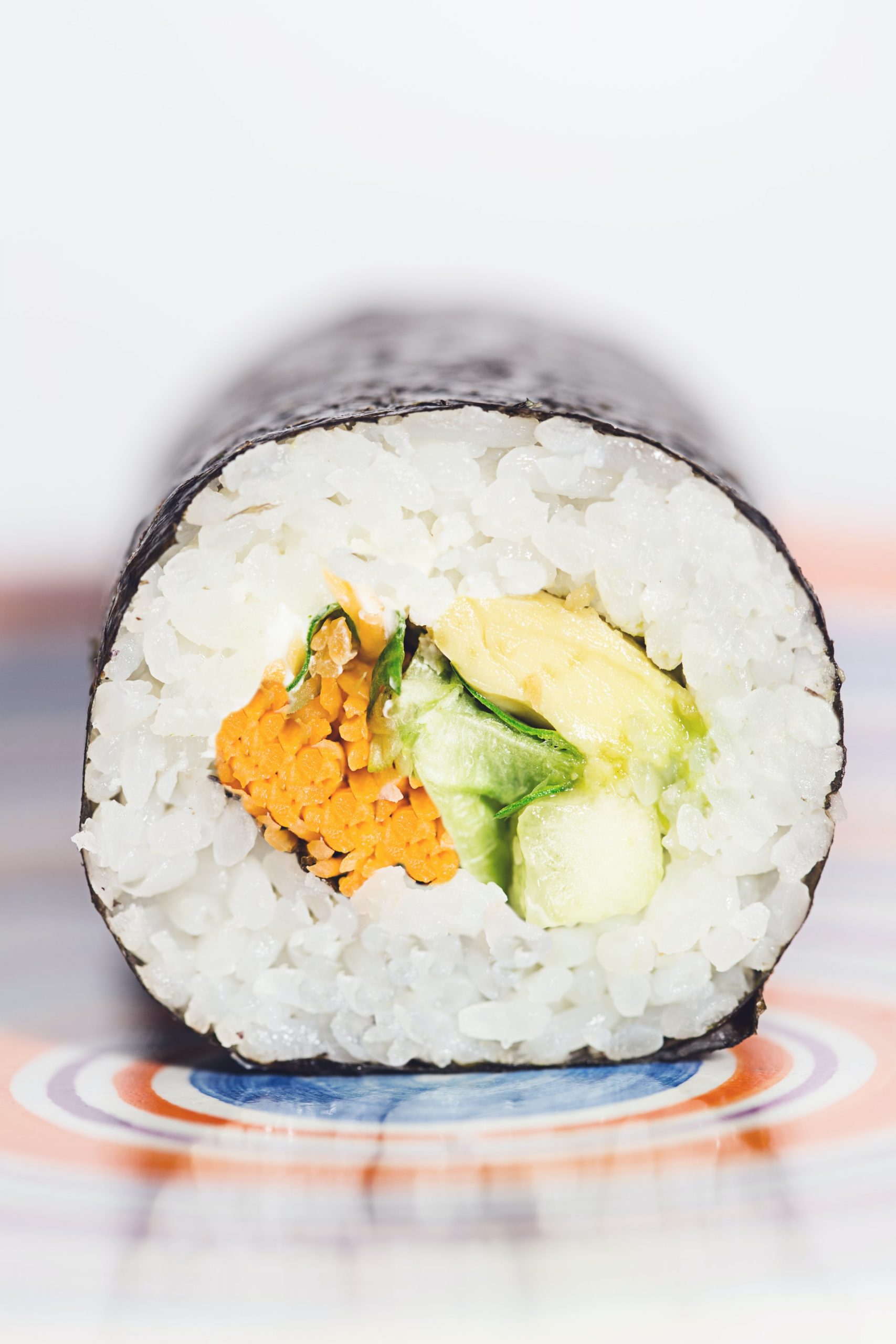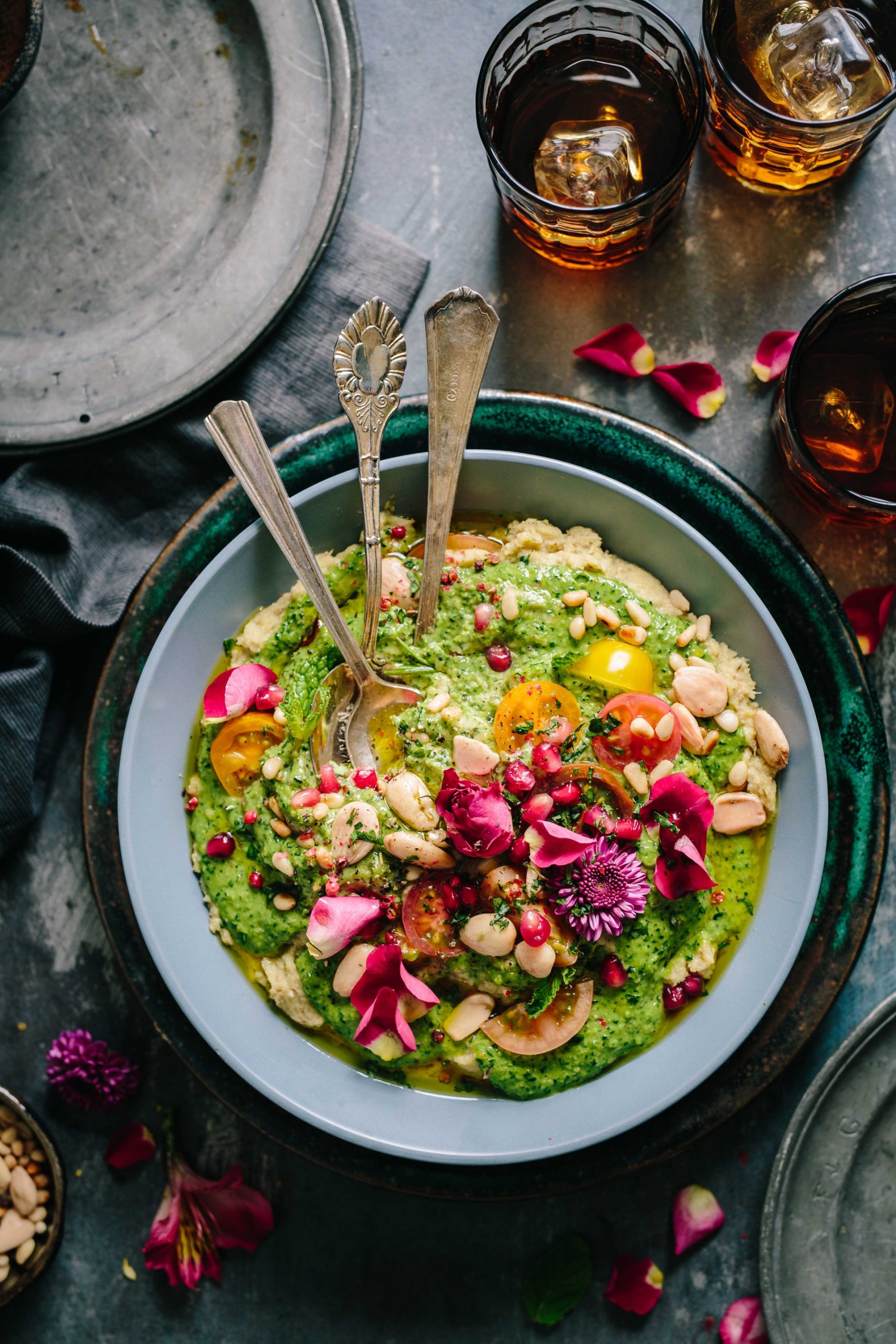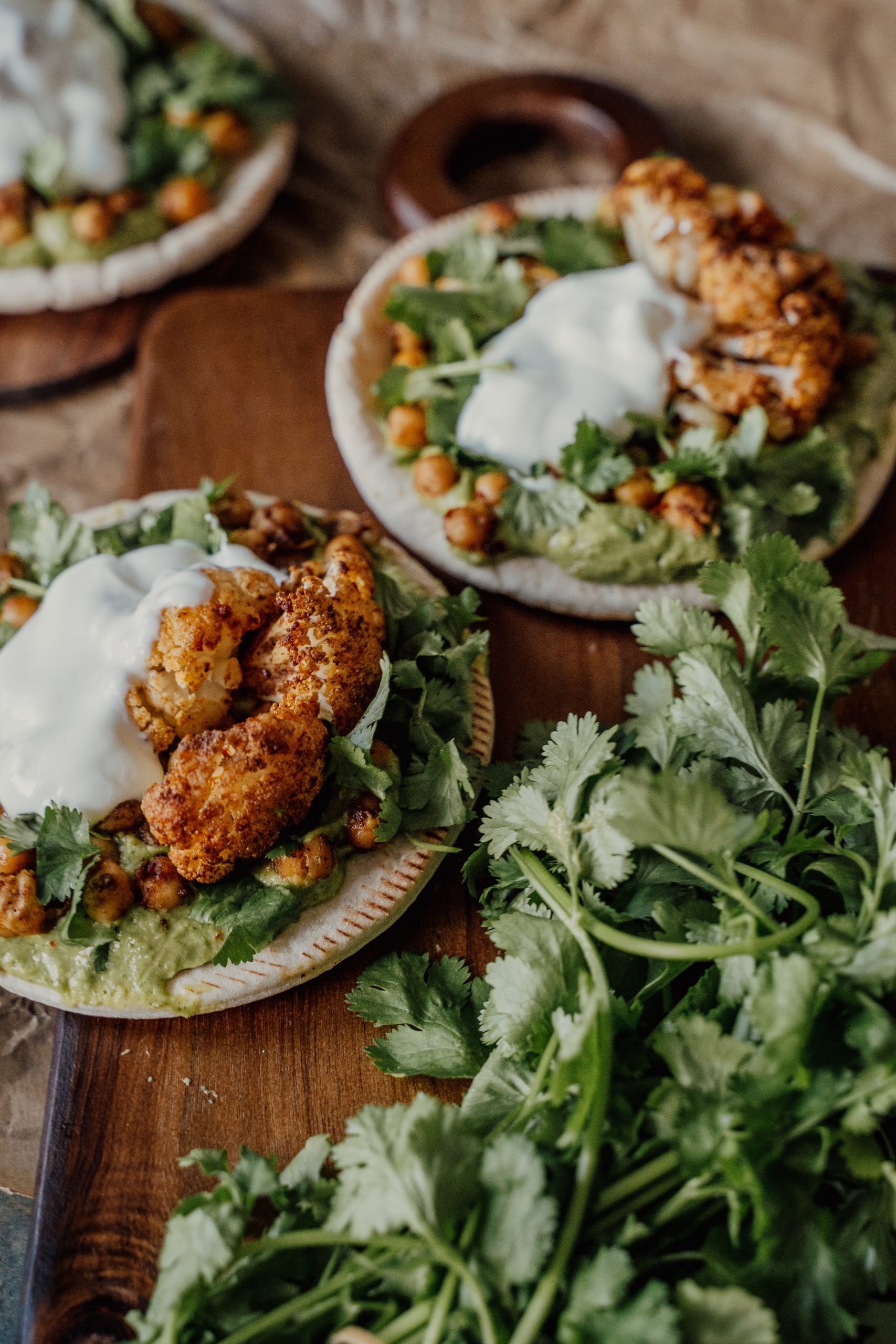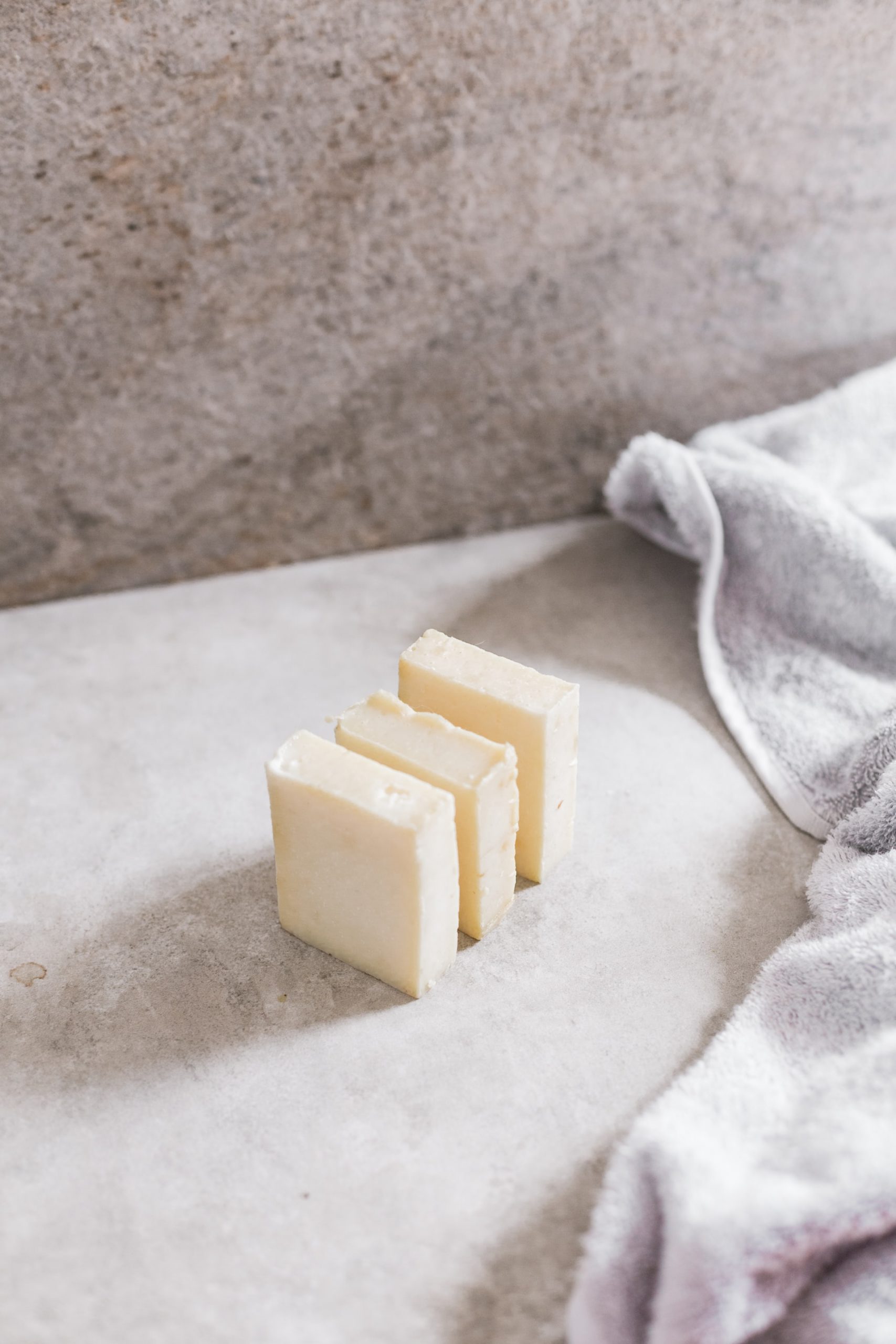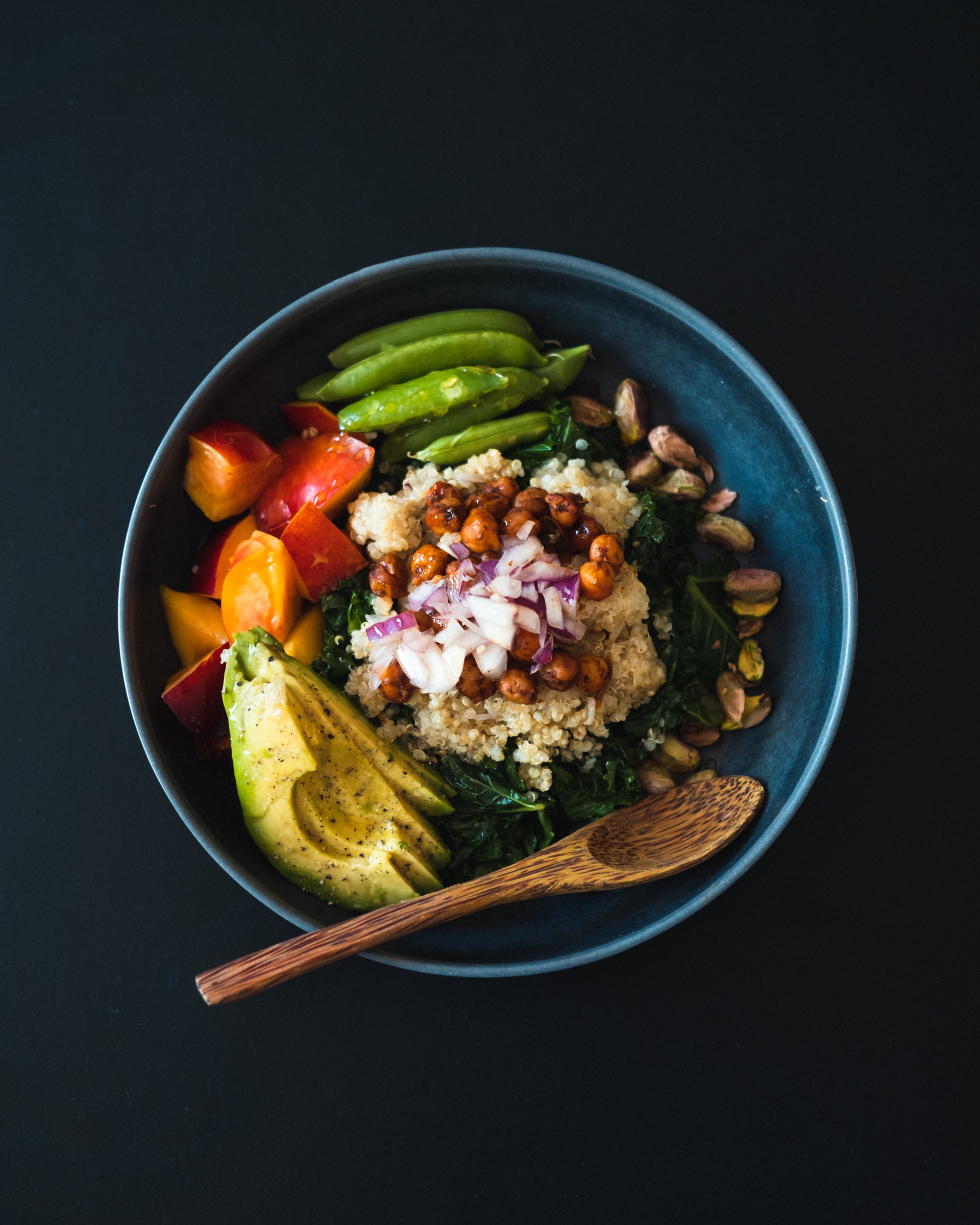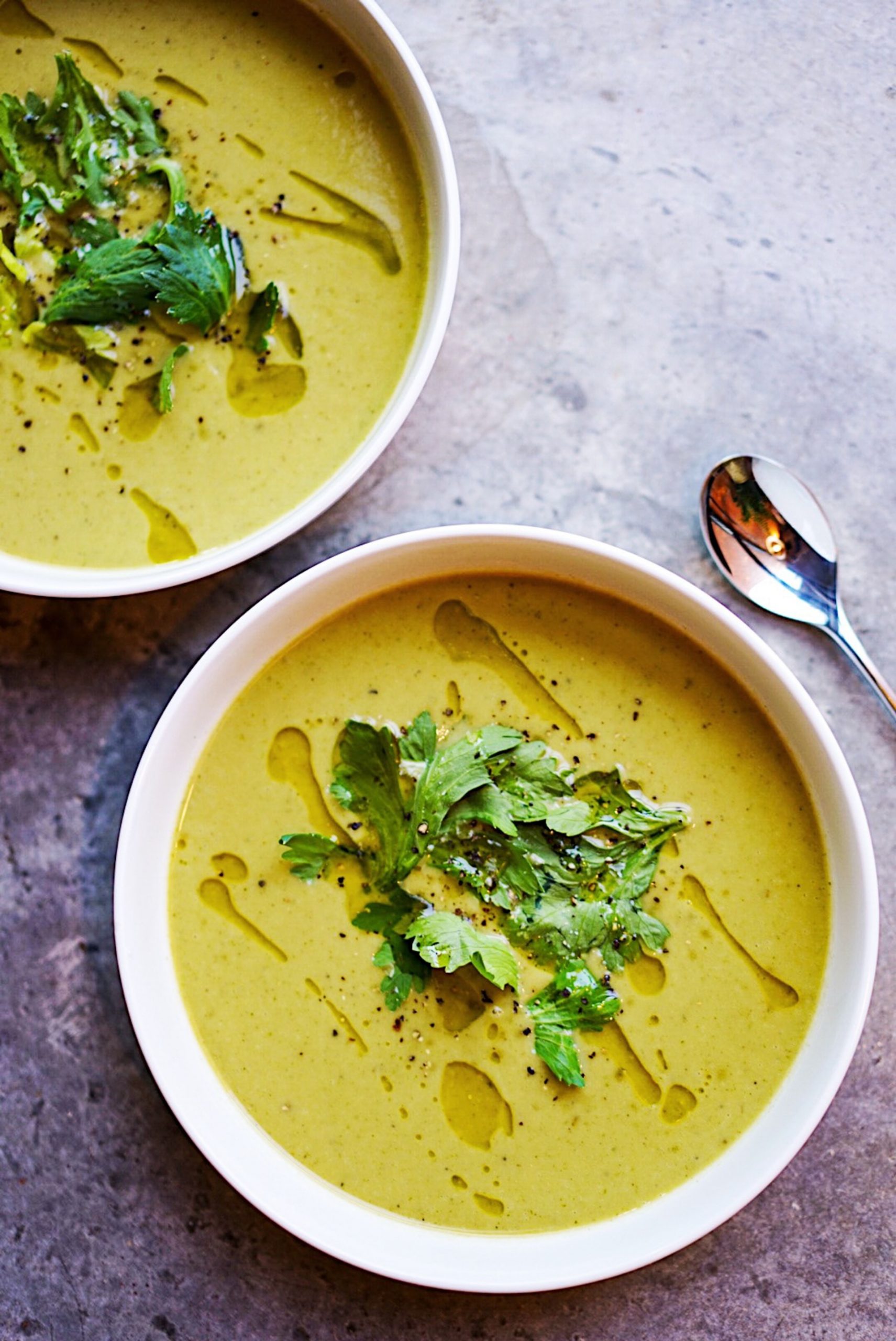Clams in green sauce
An absolutely fabulous seafood dish that comes together in minutes.
Start by poaching the chopped onion and garlic, once sweat, add the tbsp of flour and let it cook.
Add the glass of white wine and let the alcohol evaporate.
Add the cup of water or fish broth. If using water, add salt.
Once the liquid simmers for a few minutes, add it to a blender with the fresh parsley.
Put the sauce back in the pan and add the raw, closed clams in. Cover them with a lid and let them open.
Enjoy with more chopped fresh parsley
Orange, Grapefruit, Pomegranate Salad with mint and basil
Simple, delicious, vibrant salad to be enjoyed in solitude or shared with others.
This salad is as simple as it can be, but the flavours are fantastic.
Simple slice the orange and grapefruit, and add the pomegranate seeds.
Chop the Basil and Mint together to create an interesting aromatic and top the fruit with them. Mix well and enjoy!
Mushroom, corn tacos
Tacos – a wonderfully messy and nourishing indulgence, made vegan.
This is one recipe that you can assemble with leftovers from the week.m
The most important thing is to season every layer properly. First, cook the mushrooms with chopped onions and salt. I like to cook them to the point they are golden and crispy.
Then cook the spinach with chopped onion and garlic, ones cooked make a cashew sauce and mix it in the spinach.
Cook the corn in the oven. If you have it available, buy the corn raw, wash it and spread it with a mix of olive oil, garlic granules, lime juice and salt. Bake until golden.
Make the beans prior, if you can’t you can use from a jar, but rinse them first and then season and heat them with chopped onion, and little bit of salt.
Raw Red onion in lime juice is a perfect addition of crunch and acidity to your tacos, and of course, chopped coriander.
Assemble your tacos with all the toppings and enjoy!
Cilantro, avocado sauce
Shortbread Scones
Scones are made for autumn days. The trick to good scones is not to overmix them.
Pre heat oven at 200ºC
Mix all dry ingredients. Once well mixed, add the oil tbsp by tbsp and mix well with a fork.
In a different bowl mix all wet ingredients and whisk well. Start adding them to the dry ingredients slowly, at the same time you mix the dough. You might not use the whole quantity of the liquid. You are looking for a humid dough, but now sticky or runny.
If it’s too wet, add 1 tbsp of oat flour. If it’s too dry continue to add more of the liquids’ mix.
Once you are happy with your dough’s consistency, put it on a clean surface. Sprinkle some flour on the surface before adding the dough and start spreading the dough to until you have a dough with 3 cm in height.
With a glass or a round cookie cutter, cut the dough and add the circles to an oven tray, previously greased.
With a cooking brush, paint a little bit more of olive or coconut oil on top and sprinkle some of the sugar.
Bake for 15-20 minutes until the dough is golden. After those 15 minutes have passed, crank the oven up to 230ºC for 3-5 more minutes, checking them the whole time so they don’t burn.
Let cool, cut in half and enjoy with butter, clotted cream, jam, ghee, yoghurt, or any other spread you fancy.
Sushi
How to Make Sushi Rolls and Perfect Sushi Rice .
First, start with SHORT GRAIN SUSHI RICE, but if we pay attention to the shape of the grain, we can also choose other varieties, perhaps risotto rice such as “Roma”.
Wash the rice with COLD WATER to remove any residual starch. Keep going until the water is clear.
Soak rice for 15 minutes.
Follow the rice to water ratio, which is always 1:2.
Traditional sushi has Sharizu (or vinegar seasoning) which is made with 9 parts Rice vinegar, 4 parts cane sugar, and 1 part sea salt. Cook it for 2-3 minutes in medium heat. And is added when the rice is cooked. First mix the rice so it cools down, then add the seasoning (1 oz per every cup of rice).
Cover the rice with a damp towel. It will keep it moist and ready.
A GREAT TIP: discard the bottom layer of rice, as it is almost always dry.
HOW TO MAKE SUSHI ROLLS:
First, the nori has two sides: Smooth and Rough. The rough side will always go facing up.
Then, the rolls have three parts:
- Nori on the outside
- Rice on the inside
- Fillings in the center
There are traditional rolls made with fresh fish and world-adapted options prepared with ingredients from each country to make fusions that are very interesting. How do you prepare your sushi?
- Mexican: The use of chipotle, spicy mayonnaise, cream cheese, different chilis, jícama…
- Italian: Prosciutto, basil, tomato, mozzarella…
- Thai: ginger, mango, coriander, peanuts
- Moroccan: couscous, aubergine, tahini, hummus, harissa…
- Bahamian: Decadent Conch Sauce atop a crab stack + cream cheese roll
- Brazilian: Salmon, cream cheese and passionfruit
Vegan Creamy Spinach Sauce
A One-pot wonder. A vibrant, fresh and exciting bowl of pasta. Perfect for these summer days.
Place a medium saucepan over medium heat, and add a drizzle of olive oil. Add the garlic and onion, and cook, until fragrant, about 2 minutes. Add the spinach and a pinch of salt and cook, stirring throughout, until wilted, about 2 minutes.
Add the spinach mixture to a high-speed blender with the the avocado, lemon juice, extra virgin olive oil and water, and blend until smooth and creamy. Season with salt to taste.
IT can be topped with pomegranate seeds, toasted almonds, toasted hazelnuts, crunchy chicpkeas, fresh coriander…
CREATIVE IDEAS TO USE THIS SAUCE:
- Over a bowl of rice with green beans.
- Mix with the pasta of your choice.
- It can be turned into a soup by adding vegetable stock.
- If you leave it thicker it can be used as a dip for your crisps or fresh veggies.
- Used as a salsa in a “Huevos Rancheros” type of breakfast.
- Poured over roasted chicken or turkey.
What other ways do you imagine you could use this sauce with?
Roasted Cauliflower Guacamole tacos
Roasted-crunchy cauliflower is mouthwatering, it is sexy and playful.
The idea behind this dish is to mix a now-classic with an old-time favourite: Mexican tacos.
Adding mashed avocado, even guacamole, crunchy chickpeas, fresh cilantro and a dollop of fresh cream or even greek yoghurt ( unsweetened, of course), to the fantastic roasted cauliflower is an epic meal that you will love to make. It is exciting to make and to eat.
You can either cut the cauliflower in steaks and then break apart, or do it as I like it, cut the florets into tiny florets, so the beautiful rub enters all of the cauliflower.
I like making a rub with turmeric, ground cumin, extra virgin olive oil, salt, and a squeeze of lime juice, you can even add a drizzle of maple syrup to the mix to make it exciting.
Roast in the oven at 200ºC for 20-30 minutes, until golden and crispy.
Butter Pairings
Quinoa Bowl with Garlic Tahini Dressing
Nectarines are the heart and soul of this bowl .
To assemble the bowl, start by adding the quinoa. Add the rest of the ingredients and pour over your dressing.
DRESSING:
Place all the ingredients in a blender and blend until smooth. Pour over your Quinoa Bowl and enjoy.
CREATIVE COOKING TIP:
Add fresh and seasonal fruits to your salads, they will uplift them. The acidity and sweetness of most fruits like nectarines, apples, and strawberries, go very well together with leafy greens and grains.
Asparagus Soup
Asparagus seem to be the celebration of the new season.
Cook the onion, leek, and garlic. Cook for 3 to 5 minutes, until translucent. Add the chopped asparagus and cook for a further 3 minutes, until the asparagus begins to soften.
Add the water or broth, chopped cilantro and lemon juice. Bring to a simmer and cook for 10 to 15 minutes, until the asparagus is very tender.
Ladle the soup into a blender and blend until smooth. Alternatively, you can use an immersion blender for this.
Pour the soup back into the pot and bring to simmer. Taste and adjust seasoning.
